
Deutsch-Chinesische Enzyklopädie, 德汉百科
 Cuba
Cuba
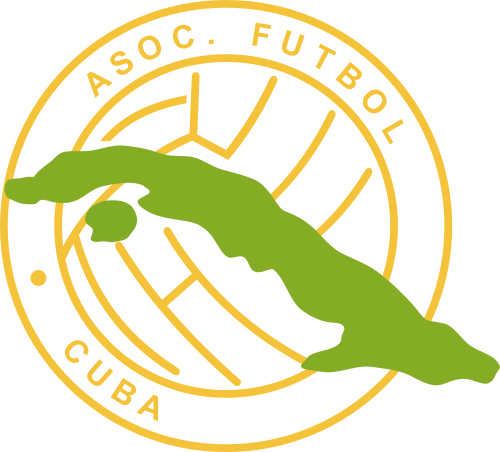


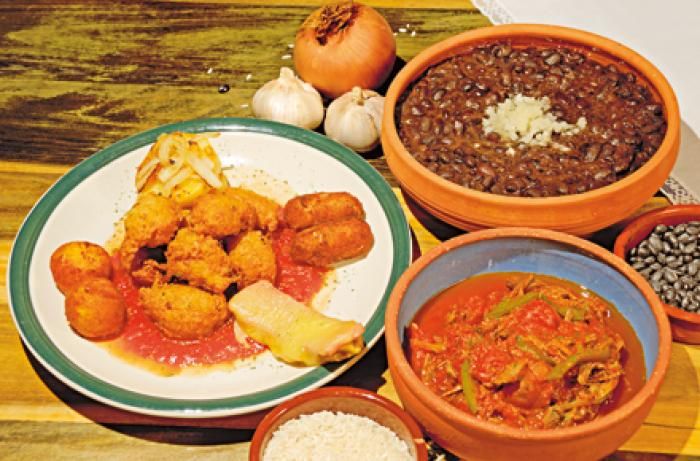


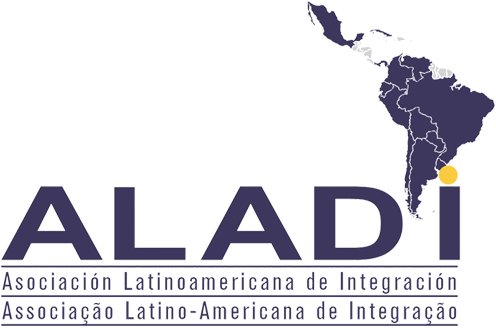

 Argentina
Argentina
 Bolivia
Bolivia
 Brazil
Brazil
 Chile
Chile
 Columbia
Columbia
 Costa Rica
Costa Rica
 Cuba
Cuba
 Dominikanische Republik
Dominikanische Republik
 Ecuador
Ecuador
 Guatemala
Guatemala
 Guyana
Guyana
 Honduras
Honduras

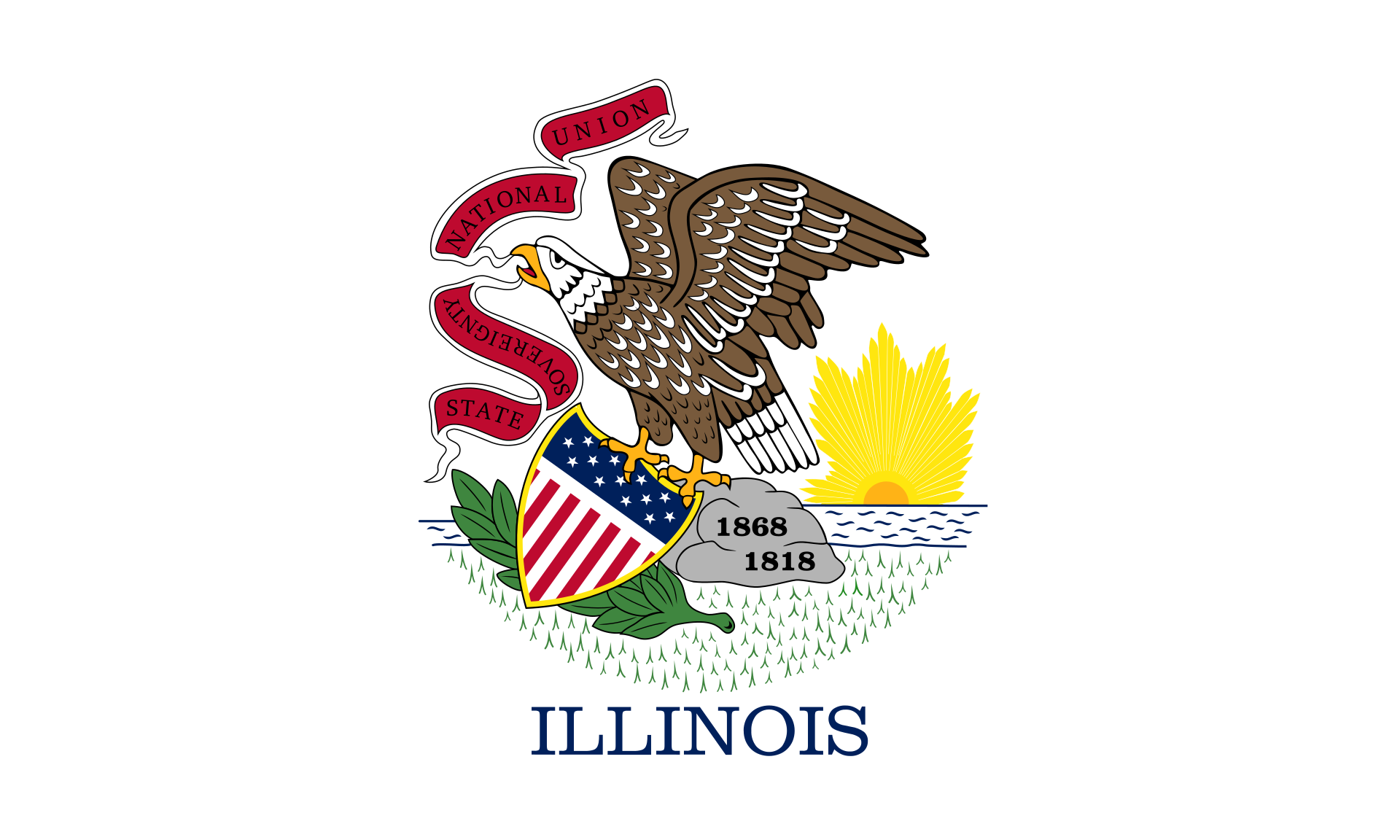 Illinois-IL
Illinois-IL
 Jamaika
Jamaika
 Canada
Canada

 Manitoba-MB
Manitoba-MB
 Mexico
Mexico
 Nicaragua
Nicaragua

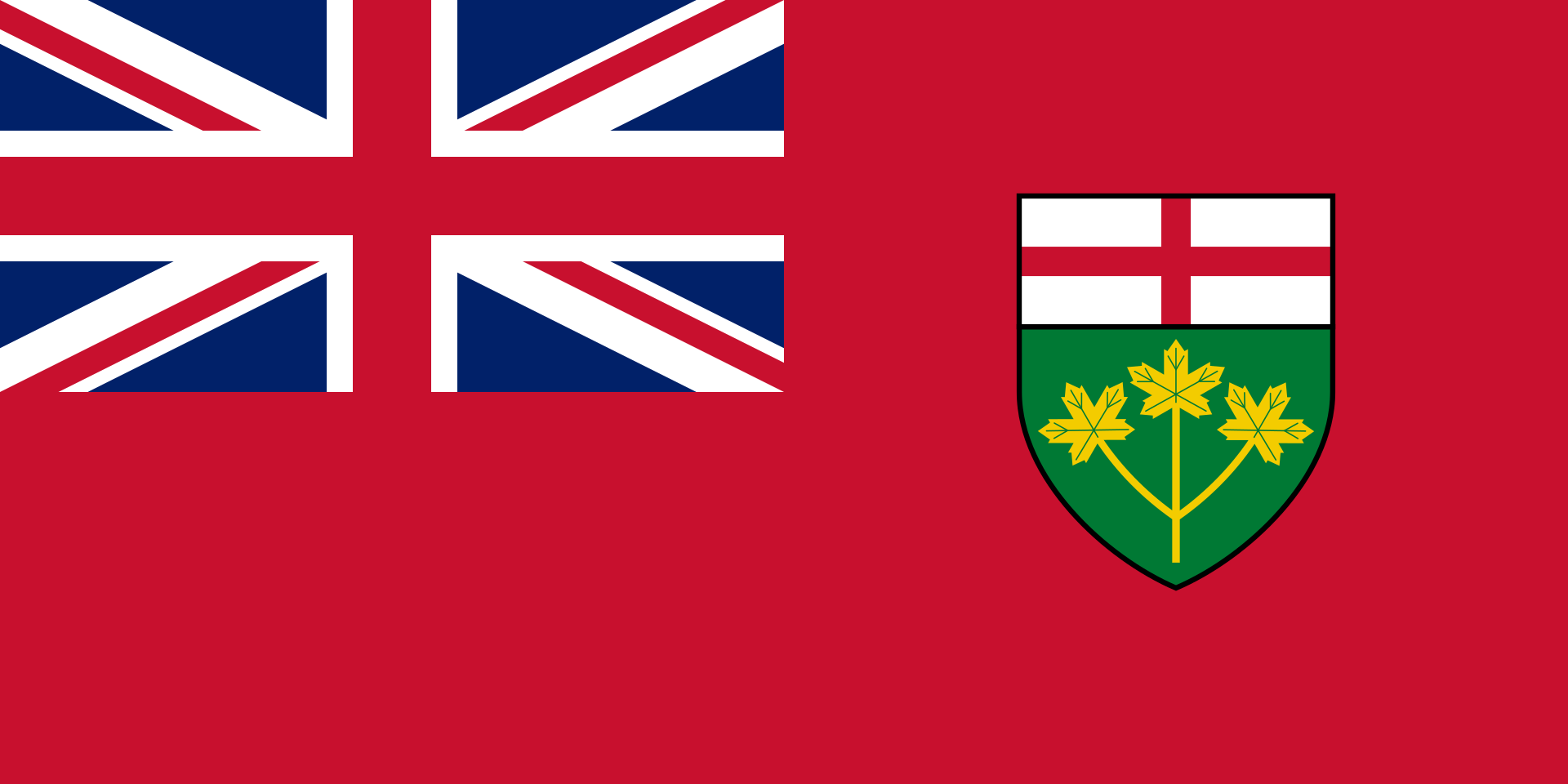 Ontario-ON
Ontario-ON
 Panama
Panama
 Paraguay
Paraguay
 Peru
Peru
 Puerto Rico
Puerto Rico
 Republik El Salvador
Republik El Salvador
 Republik Haiti
Republik Haiti
 Rio de Janeiro
Rio de Janeiro
 Uruguay
Uruguay
 Venezuela
Venezuela
 United States
United States

泛美运动会(英语:Pan American Games),简称美运会,是美洲的国际综合性体育活动,每隔四年举办一次。泛美运动会源自1920年代的中美洲运动会。1932年,举行泛美运动会的倡议首度被提出,其后成立了“泛美体育组织”(西班牙文:Organización Deportiva Panamericana,简称ODEPA;英文:Pan American Sports Organization,简称PASO)。首届泛美运动会原定于1942年在阿根廷布宜诺斯艾利斯举行,但因第二次世界大战而延期至1951年。此后,泛美运动会一直每隔四年举办一次,近数届每届均有来自42个国家地区的超过5,000名运动员参与。
Panamerikanische Spiele (spanisch Juegos Panamericanos, englisch Pan American Games) werden im Vierjahresrhythmus ein Jahr vor den Olympischen Sommerspielen ausgetragen. Die Wettkämpfe finden hauptsächlich in den olympischen Sportarten für Athleten des amerikanischen Kontinents statt. Diese Wettbewerbe werden von der Panamerikanische Sportorganisation nach den Regeln des Internationalen Olympischen Komitees (IOC) und der verschiedenen nationalen Sportverbände ausgerichtet. Als nichtolympische Sportarten gehören unter anderem Futsal und Squash zum Programm.
Die Spiele wurden im Jahre 1940 während einer Tagung des Panamerikanischen Kongresses in Buenos Aires (Argentinien) ins Leben gerufen, um engere Verbindungen zwischen den Sportlern des amerikanischen Kontinents zu ermöglichen.
Die I. Panamerikanischen Spiele sollten eigentlich 1942 stattfinden, doch der Zweite Weltkrieg machte diesen Plan zunichte. So wurde der Wettbewerb erstmals im Jahre 1951 in Buenos Aires ausgetragen. In der Folgezeit fanden die Spiele in verschiedenen Städten des Kontinents statt. 1990 wurden die bis heute einzigen Panamerikanischen Winterspiele in Las Leñas veranstaltet.


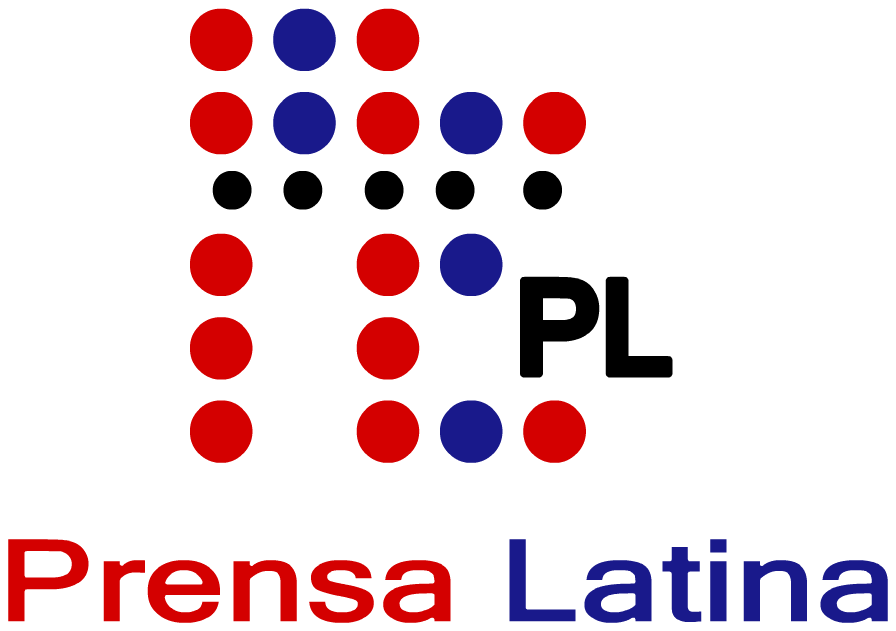


古巴共和国(西班牙语:República de Cuba),通称古巴(Cuba),是美洲加勒比海北部的一个群岛国家,位于北纬19°与24°,西经74°与85°之间。处在墨西哥湾入口处,西与墨西哥尤卡坦半岛隔尤卡坦海峡,南有牙买加和开曼群岛,东与海地共和国和多米尼加共和国隔向风海峡,东北方有巴哈马群岛,与美国隔佛罗里达海峡相对,与佛罗里达州最南端的基韦斯特的陆地最短距离约为145公里。作为加勒比地区面积最大和人口第二多的岛屿,古巴扼守巴拿马运河与美国东岸之间的海路要道。被形容为墨西哥湾的钥匙。领土包括古巴主岛及其附属群岛和青年岛。哈瓦那是古巴的首都和最大城市,圣地亚哥是第二大城市[10][11]。
一般认为,“古巴”一名源自泰诺语“coabana”,意为“肥沃之地”或“好地方”[12]。古巴是加勒比海地区少数以白人为主、混血为辅的国家,同时有少量的华裔,族群组成与美国类似,许多民众有亲戚居住在美国。然而古巴是美洲唯一的社会主义国家,面临着美国长期的经济封锁,但凭借78.3岁的预期寿命、99.9%的识字率和接近1.8公顷的人均生态足迹,其人类发展指数多年来一直维持在高水平;在2014年,古巴更是首次迈入极高人类发展指数行列。古巴于2006年成为全球唯一符合世界自然基金会可持续发展定义的国家。[13]目前古巴以市场为导向的经济改革已经展开,例如加入世界贸易组织等。[14]联合国粮农组织驻古巴的代表特奥多尔·弗里德里奇指出,古巴是目前拉美唯一完全消除了饥饿的国家[15]。不过,古巴的审查制度、言论自由、人权等方面与其他一党制国家一样,存在由国家主导控制和镇压言论自由的倾向,而且有部分异见人士因为政治因素流亡国外。[16]
2011年,劳尔·卡斯特罗接替兄长菲德尔·卡斯特罗出任古巴共产党中央委员会第一书记,开始进行一系列改革,至2014年与美国关系正常化,出现古巴解冻。2018年,米格尔·迪亚斯-卡内尔成为新一任古巴国务委员会主席,全国人民政权代表大会通过修宪,包括为领导人设立任期制及承认私有财产制,新宪法在2019年公投中通过。根据新宪法,古巴将设立国家主席和总理职务,取代之前的国务委员会主席和部长会议主席职务。2019年10月10日,古巴全国人民政权代表大会宣布,现任古巴国务委员会主席兼部长会议主席卡内尔当选古巴共和国主席。
Kuba (spanisch Cuba [ˈkuβa], amtliche Bezeichnung República de Cuba) ist ein realsozialistischer Inselstaat in der Karibik. Er grenzt im Nordwesten an den Golf von Mexiko, im Nordosten an den Atlantischen Ozean und im Süden an das Karibische Meer. Hauptstadt des Landes ist Havanna, die zweitgrößte Metropole der Karibik.
キューバ共和国(キューバきょうわこく、西: República de Cuba)、通称キューバは、カリブ海の大アンティル諸島(西インド諸島の一部)に位置し、キューバ本島とその周辺の島嶼からなる社会主義共和制国家。首都はハバナ。
ラテンアメリカにある島国。ウィンドワード海峡を隔てて東にはイスパニョーラ島のハイチとドミニカ共和国が、南には英領ケイマン諸島とジャマイカが存在する。西はユカタン海峡を挟んでメキシコのユカタン半島と、北はフロリダ海峡を隔てて北に145キロ先のアメリカ合衆国フロリダ州(フロリダ半島)と向かい合う。北東にはバハマや英領タークス・カイコス諸島が存在する。
フィリピンのルソン島ほどの面積を持つ島国で、地理的には北アメリカに含まれ、広義の中央アメリカにも含まれる。南北アメリカ大陸間、およびラテンアメリカとヨーロッパを結ぶ要路に位置している。アメリカ合衆国とは「アメリカ合衆国の裏庭」とも呼ばれるほど関わりが深かったが、キューバ革命により、南北アメリカ大陸で初めて反米・親ソ連の社会主義政権が1959年に成立。その後は「カリブに浮かぶ赤い島」と形容されることもある。
Cuba (/ˈkjuːbə/ (![]() listen); Spanish pronunciation: [ˈkuβa]), officially the Republic of Cuba (Spanish:
listen); Spanish pronunciation: [ˈkuβa]), officially the Republic of Cuba (Spanish: ![]() República de Cuba (help·info)), is a country comprising the island of Cuba as well as Isla de la Juventud and several minor archipelagos. Cuba is located in the northern Caribbean where the Caribbean Sea, Gulf of Mexico and Atlantic Ocean meet. It is east of the Yucatán Peninsula (Mexico), south of both the U.S. state of Florida and the Bahamas, west of Haiti and north of both Jamaica and the Cayman Islands. Havana is the largest city and capital; other major cities include Santiago de Cuba and Camagüey. The area of the Republic of Cuba is 110,860 square kilometers (42,800 sq mi) (109,884 square kilometers (42,426 sq mi) without the territorial waters). The island of Cuba is the largest island in Cuba and in the Caribbean, with an area of 105,006 square kilometers (40,543 sq mi), and the second-most populous after Hispaniola, with over 11 million inhabitants.[13]
República de Cuba (help·info)), is a country comprising the island of Cuba as well as Isla de la Juventud and several minor archipelagos. Cuba is located in the northern Caribbean where the Caribbean Sea, Gulf of Mexico and Atlantic Ocean meet. It is east of the Yucatán Peninsula (Mexico), south of both the U.S. state of Florida and the Bahamas, west of Haiti and north of both Jamaica and the Cayman Islands. Havana is the largest city and capital; other major cities include Santiago de Cuba and Camagüey. The area of the Republic of Cuba is 110,860 square kilometers (42,800 sq mi) (109,884 square kilometers (42,426 sq mi) without the territorial waters). The island of Cuba is the largest island in Cuba and in the Caribbean, with an area of 105,006 square kilometers (40,543 sq mi), and the second-most populous after Hispaniola, with over 11 million inhabitants.[13]
The territory that is now Cuba was inhabited by the Ciboney Taíno people from the 4th millennium BC until Spanish colonization in the 15th century.[14] From the 15th century, it was a colony of Spain until the Spanish–American War of 1898, when Cuba was occupied by the United States and gained nominal independence as a de facto United States protectorate in 1902. As a fragile republic, in 1940 Cuba attempted to strengthen its democratic system, but mounting political radicalization and social strife culminated in a coup and subsequent dictatorship under Fulgencio Batista in 1952.[15] Open corruption and oppression under Batista's rule led to his ousting in January 1959 by the 26th of July Movement, which afterwards established communist rule under the leadership of Fidel Castro.[16][17][18] Since 1965, the state has been governed by the Communist Party of Cuba. The country was a point of contention during the Cold War between the Soviet Union and the United States, and a nuclear war nearly broke out during the Cuban Missile Crisis of 1962. Cuba is one of a few extant Marxist–Leninist socialist states, where the role of the vanguard Communist Party is enshrined in the Constitution. Independent observers have accused the Cuban government of numerous human rights abuses, including short-term arbitrary imprisonment.[19]
Massive Soviet military assistance enabled Cuba to project power abroad. It was involved in a broad range of military and humanitarian activities in Guinea-Bissau, Syria, Angola, Algeria, South Yemen, North Vietnam, Laos, Zaire, Iraq, Libya, Zanzibar, Ghana, Equatorial Guinea, Eritrea, Somalia, Ethiopia, Congo-Brazzaville, Sierra Leone, Cape Verde, Nigeria, Benin, Cameroon, Zimbabwe and Mozambique.[20] Cuba sent more than 300,000 of its citizens to fight in Angola (1975–91) and defeated South Africa's armed forces in conventional warfare involving tanks, planes, and artillery.[21] Cuban intervention in Angola contributed to the downfall of the apartheid regime in South Africa.[22] The presence of a substantial number of blacks and mulattos in the Cuban forces (40–50 percent in Angola)[23] helped give teeth to Castro's campaign against racism and related prejudice like xenophobia.
Culturally, Cuba is considered part of Latin America.[24] It is a multiethnic country whose people, culture and customs derive from diverse origins, including the aboriginal Taíno and Ciboney peoples, the long period of Spanish colonialism, the introduction of African slaves and a close relationship with the Soviet Union in the Cold War. The population of Cuba is 51% mulatto (of mixed European and African lineage), 37% white, 11% black and 1% Chinese.[25] From 1962 until 1992, Cuba was officially an atheist Republic, openly and categorically hostile to religion.[26]
Cuba is a sovereign state and a founding member of the United Nations, the G77, the Non-Aligned Movement, the African, Caribbean and Pacific Group of States, ALBA and Organization of American States. It has currently one of the world's only planned economies, and its economy is dominated by the tourism industry and the exports of skilled labor, sugar, tobacco, and coffee. According to the Human Development Index, Cuba has high human development and is ranked the eighth highest in North America, though 72nd in the world in 2019.[27] It also ranks highly in some metrics of national performance, including health care and education.[28][29] It is the only country in the world to meet the conditions of sustainable development put forth by the WWF.[30]
Cuba, en forme longue la république de Cuba (en espagnol : República de Cuba), est un État insulaire des Caraïbes formé de l'île de Cuba (la plus grande île des Antilles), de l'île de la Jeunesse (appelée île aux Pins jusqu'en 1978) et de 4 095 cayes et Îlots3,4,5. Il est situé à l'ouest des grandes Antilles, à la confluence de la mer des Caraïbes, du golfe du Mexique et de l'océan Atlantique ; au nord-est des Îles Caïmans ; au nord-nord-ouest de la Jamaïque ; à l'est du Mexique (Yucatán) ; au sud-sud-est de la péninsule de Floride ; au sud-ouest des Bahamas ; à l'ouest d'Haïti et des îles Turques-et-Caïques.
Devançant Hispaniola en superficie, Cuba est toutefois derrière en nombre d'habitants : c'est ainsi la deuxième île la plus peuplée des Caraïbes avec près de 11 253 000 habitants. Sa capitale est La Havane, sa langue officielle l'espagnol et deux monnaies y sont utilisées : le peso cubain et le peso cubain convertible.
L'île a été une colonie espagnole de 1492 à 1898 puis un territoire des États-Unis jusqu'au 20 mai 1902. Depuis la révolution de 1959, Cuba se définit comme une république socialiste6, bien que Fidel Castro n'officialise le caractère socialiste du régime que le 17 août 1961 à la suite de l'épisode de la Baie des Cochons, dont le Parti communiste de Cuba, créé en 1965, constitue la « force dirigeante supérieure »7, mais le pays est considéré par ses opposants comme une dictature8,9.
Cuba est membre de l'Alliance bolivarienne pour les Amériques (ALBA) depuis la Déclaration conjointe signée par Hugo Chávez et Fidel Castro le 14 décembre 2004 à La Havane.
Cuba è uno Stato insulare nell'America Centrale, posto tra il mar dei Caraibi, il golfo del Messico e l'oceano Atlantico. Verso nord si trovano gli Stati Uniti e Bahamas, a ovest il Messico, a sud le isole Cayman e la Giamaica,[5] e a sud-est Haiti.
Cuba, oficialmente República de Cuba,1 es un país soberano insular asentado en las Antillas del mar Caribe. El territorio está organizado en quince provincias y un municipio especial con La Habana como capital y ciudad más poblada.
Es uno de los trece estados independientes que forman la América Insular, Antillas o islas del mar Caribe, y uno de los treinta y cinco del continente americano. La isla de Cuba tiene origen orogénico. Completan el archipiélago la isla de la Juventud y más de un millar de cayos o pequeñas islas que las rodean: Cayo Coco, Cayo Guillermo, Cayo Largo del Sur y Cayo Jutías, entre otros. Colinda, al norte, con el estado estadounidense de Florida, con las Bahamas, al oeste con México y al sur con las Islas Caimán y Jamaica. Al sudeste de Cuba, se encuentra la isla de La Española. Está ubicado en el extremo noroeste de las Antillas, limitando al norte con el océano Atlántico a 700 km del Triángulo de las Bermudas, que lo separa de Estados Unidos y Bahamas, al este con el Paso de los Vientos, que lo separa de Haití, al sur con el mar Caribe y al noroeste con el golfo de México. Con 11 616 000 habitantes en 2017 es el país más poblado de las Antillas, con 110 860 km², el más extenso, y con 102,7 hab/km², el tercero menos densamente poblado, por detrás de Dominica y Bahamas. Junto a La Española, Jamaica y Puerto Rico, es una de las cuatro Antillas Mayores y la mayor isla de la región.
Previo al período de la colonización española de América iniciado en el siglo XVI, el actual territorio cubano se encontraba habitado por diversos pueblos amerindios. Cuba se mantuvo como colonia española hasta 1869, y como provincia española hasta la Guerra hispano-estadounidense de 1898, desatada a partir de la intervención de Estados Unidos en la guerra de Independencia cubana. El triunfo estadounidense condujo a la independencia nominal de facto como protectorado de Estados Unidos en 1902. Durante la primera mitad del siglo XX, Cuba trató de reforzar su sistema democrático, pero tras fuertes conflictos sociales y tensiones políticas, se produjo un Golpe de Estado en 1952, que dio lugar a la dictadura de Fulgencio Batista.
Batista huyó de Cuba el 1 de enero de 1959 después de más de tres años de lucha armada encabezada por el Movimiento 26 de Julio encabezado por Fidel Castro y por el Directorio revolucionario. Pasados los primeros meses, Fidel Castro se autodesignó como primer ministro, jefe de Gobierno. En 1965, se fundó el Partido Comunista de Cuba, que gobierna el país hasta la actualidad. Este fue un punto de alta conflictividad entre la Unión Soviética y los Estados Unidos, en el marco de la Guerra Fría, al punto de llevar a ambas naciones al borde de una guerra nuclear durante el desarrollo de la Crisis de los misiles de 1962.
Cuba se define como un Estado socialista de derecho y justicia social; con un sistema político de partido único gobernado por el Partido Comunista de Cuba (PCC), cuyo papel se encuentra amparado por la constitución. Es una nación en vías de desarrollo que adopta para sí una economía planificada, con reconocimineto y control del mercado; cuyas principales actividades son las exportaciones de azúcar, tabaco, café, productos farmacéuticos y profesionales especializados, principalmente en la medicina, la informática, las ciencias agrícolas y la biotecnología. Ocupa el puesto 68.º en el Índice de desarrollo humano elaborado por la Organización de las Naciones Unidas, y el 6.º entre los latinoamericanos.9 De acuerdo con la ONU, era el único país del mundo a inicios del siglo XXI que cumplía los dos criterios que, para la organización WWF, significan la existencia del desarrollo sostenible: desarrollo humano alto (IDH 0,8) y huella ecológica sostenible (huella < 1,8 ha/p).10
Ку́ба (исп. Cuba), официальное название — Респу́блика Ку́ба (исп. República de Cuba [reˈpuβlika ðe ˈkuβa]), неофициальное с 1959 года Остров Свободы — островное государство в северной части Карибского моря. Страна занимает территорию одноимённого острова в составе Больших Антильских островов, острова Хувентуд и множества мелких островов. От Северной Америки Куба отделена Флоридским проливом на севере и Юкатанским проливом на западе. Страна является членом ООН с 1945 года. Столица и крупнейший город — Гавана.

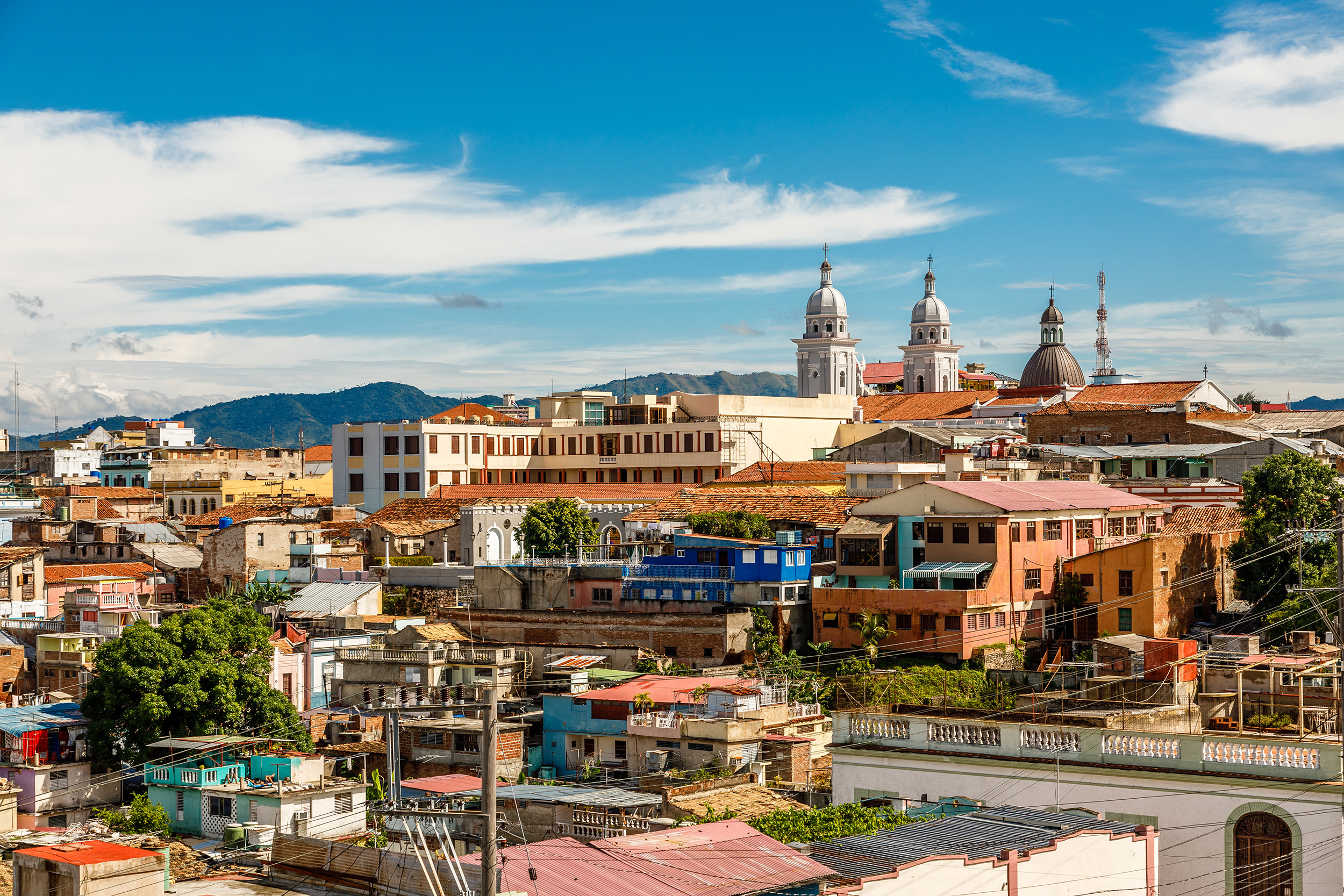
 Sport
Sport

 Eat and Drink
Eat and Drink
 Hand in Hand
Hand in Hand
 Animal world
Animal world
 Geography
Geography
 Media and press
Media and press
 Architecture
Architecture
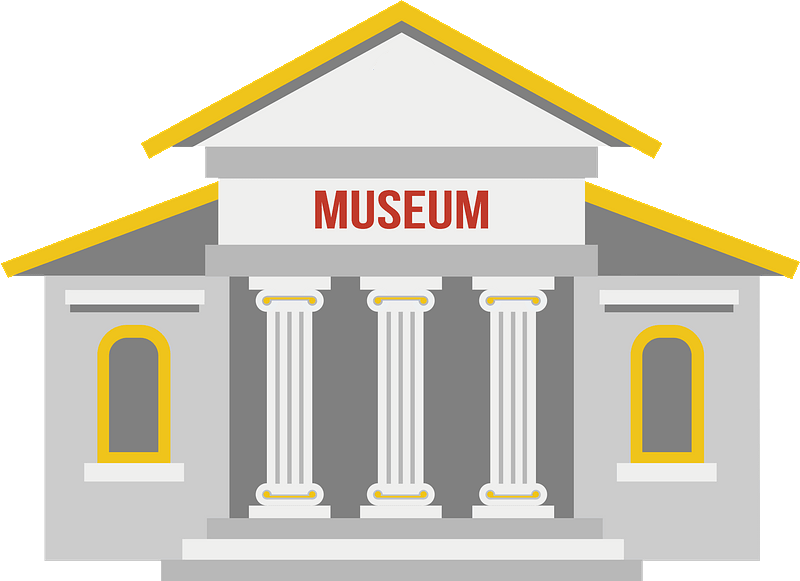 Museum
Museum
 International cities
International cities